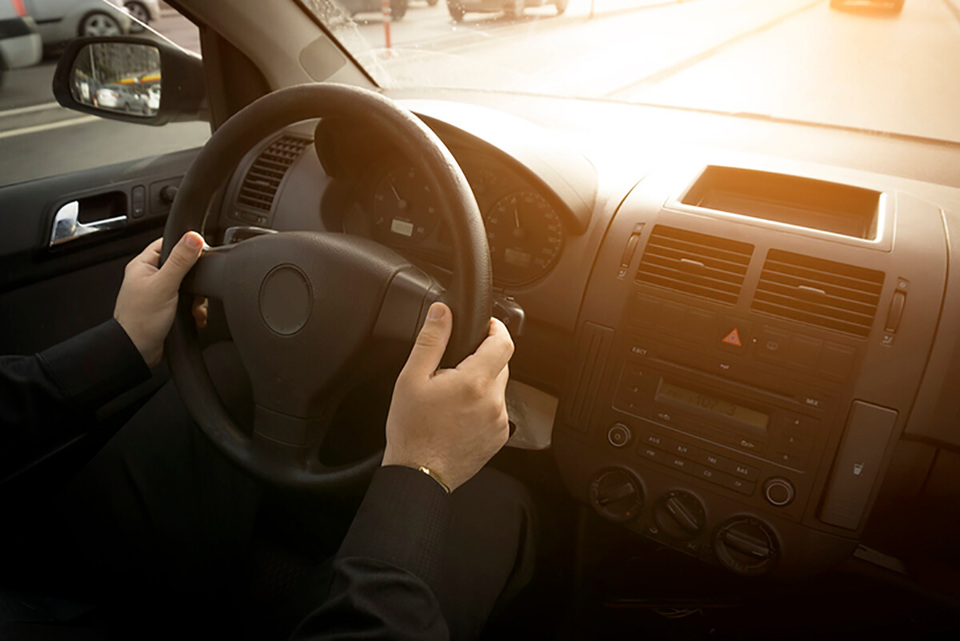Arval has launched a road safety working party chaired by the company’s fleet and road safety manager Tracey Young.
The group is composed of companies that have implemented corporate road safety strategies as well as those that are finding it difficult to overcome hurdles within their businesses.
“By bringing organisations together we can formulate views on how key issues should be best managed and we can learn best practice from each other,” explained Mike Waters, director of market insight at Arval.
The road safety working party, which meets quarterly, has compiled a 10-point action plan to help other organisations put in place safe at-work driving policies and procedures.
10 steps businesses should take to improve their occupational road risk management:
• Elicit boardroom support for the safe-driving programme and, if necessary, recruit external expertise to reinforce the road safety argument and help prove the business case to senior management
• Gather data on the number of crashes involving business drivers, where they are taking place and the type of incidents they are
• Target resources where they will have the maximum impact - on high risk drivers - but that can only occur if crash-related data is available
• Introduce an ongoing road safety communications programme
• Build the company’s approach to road safety into staff recruitment and induction programme
• Ensure management processes extend to ‘grey’ fleet use - employees who drive their own vehicles on business
• Fulfill legal requirements by checking all driver and vehicle documentation and ensuring all vehicles are serviced and maintained in accordance with manufacturer schedules
• Ensure road safety reporting is a fundamental part of general line management reporting
• Ensure vehicles driven on business meet the highest safety criteria - eg: meet the four or five-star level of the European New Car Assessment Programme, are ESC equipped and, if reversing crashes are identified as a ‘problem’ then reversing sensors are fitted
• Ensure drivers understand their safe-driving responsibilities and keep tyres correctly inflated, fluid levels topped up and other equipment, such as lights, in tip-top working order














Login to comment
Comments
No comments have been made yet.